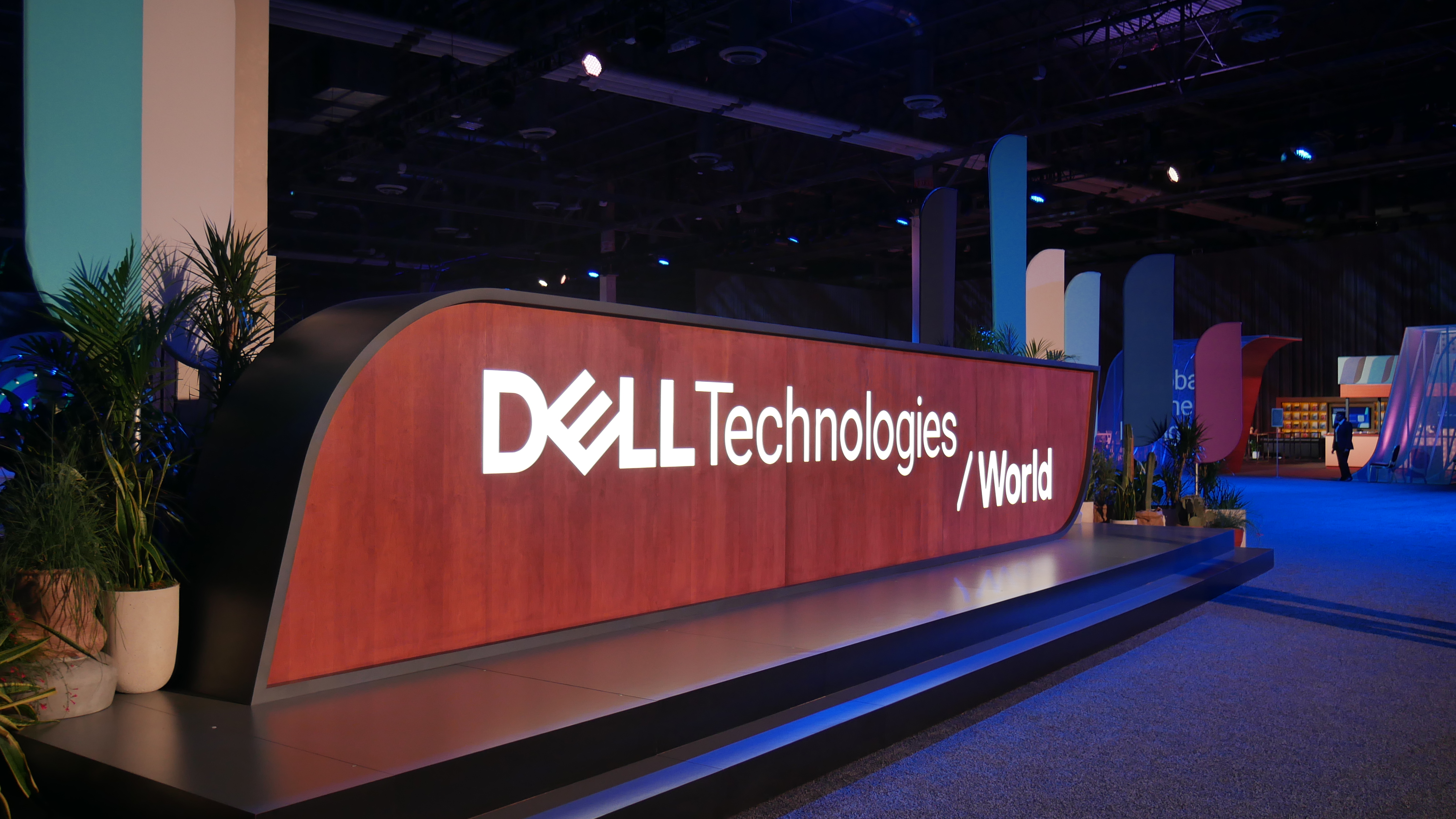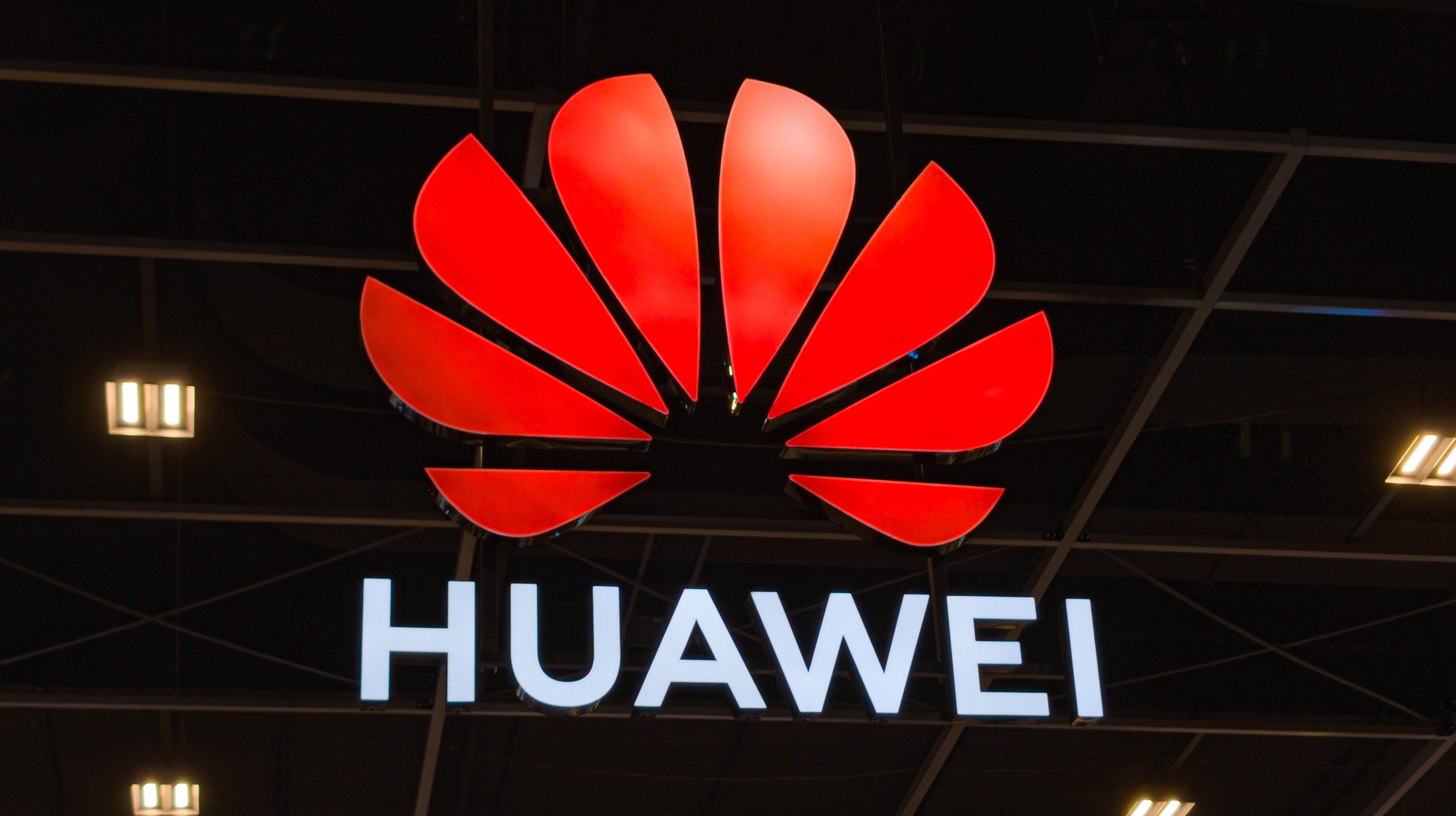The US just expanded funding for 5G Open RAN in a bid to help telecoms firms crack Huawei dominance
The funding for 5G Open RAN aims to help US companies get a bigger slice of the network infrastructure market – and challenge Huawei’s dominance


The US government has announced another slice of funding to boost the market for Open Radio Access Network technologies (Open RAN).
The $42m will fund a project by a consortium of telecoms companies, universities, and tech suppliers to build a test, evaluation, and R&D center in Dallas and another site in the Washington, DC area.
The center will focus testing on network performance, interoperability, security, and support research into new testing methods. The aim is to make industry-standard testing more available to new market players – both in the US and elsewhere.
Mobile operators usually have to choose a single supplier for the technology across an entire mobile site, from radio antenna, baseband units, through to servers and software. The idea of Open RAN is to make it more possible to mix-and-match between different vendors’ equipment, potentially lowering costs and boosting network roll-outs.
“Operators have historically been major proponents of Open RAN because they prefer greater vendor choice and easier equipment interoperability. Some operators, for example Japan’s Rakuten, see Open RAN as a key part of a shift to a more modern, virtualized architecture, which makes innovation quicker through greater usage of software,” Ian Fogg, director of network innovation at CCS Insight told ITPro.
“Also, challenger network vendors have been drivers of the technology too because they see Open RAN as a mechanism to use to grow against the large established network vendors — many of these challengers are headquartered in the US," he said.

Wi-Fi 7 hailed as “game-changer” for business networks, promising up to four-times faster speeds than Wi-Fi 6 and an array of new industrial use casesUK firms urged to prepare for analogue phone switch-off as 2025 deadline approachesHPE bid for Juniper Networks sets it up for battle with Cisco, Dell, and Broadcom in networking space
The funding was announced by the Department of Commerce’s National Telecommunications and Information Administration (NTIA). “Spurring innovation and competition in wireless technologies is vital to US economic and national security,” said US Secretary of Commerce Gina Raimondo.
Sign up today and you will receive a free copy of our Future Focus 2025 report - the leading guidance on AI, cybersecurity and other IT challenges as per 700+ senior executives
“These grants are supporting facilities and advancing research that will unlock new opportunities for America to lead in the global telecommunications market, strengthen our supply chains and drive down costs.”
By investing in this strategy of creating interoperable 5G network technologies, the US government hopes that it can give US companies a chance to catch up with their Chinese rivals – particularly Huawei – when it comes to network infrastructure.
“5G is a dynamic technology, but today’s market for wireless equipment is static and highly consolidated,” said NTIA Administrator Alan Davidson.
With the latest grant NTIA has awarded $140 million from its Wireless Innovation Fund, a 10-year, $1.5 billion program aimed at supporting the development of open and interoperable wireless networks.
RELATED WHITEPAPER

AT&T and Verizon will lead the project, while Japanese telecommunications company NTT DOCOMO and India’s Reliance Jio are described as “unfunded” founding members of the consortium.
Also involved are the University of Texas at Dallas, Virginia Tech, Northeastern University, Iowa State University and Rutgers University. There are also a lot of tech companies involved, including Microsoft, Nokia, Radisys, Airspan, Ericsson, Fujitsu, Rakuten, Samsung, Mavenir, VMWare, RedHat, Wind River, Ciena, Cisco, Dell, Intel, Amdocs, Keysight, and VIAVI.
“Evaluating how different products integrate with one another is a crucial part of facilitating the more diverse vendor ecosystem that many in the industry and government envision. Operators need to have confidence that different vendors’ products will work together at scale before adding them to their network,” said Robert Soni, VP of RAN Technology, AT&T.
In December, AT&T said that it was working with Ericsson to deploy Open RAN products at its cell sites and said it planned to move 70% of its wireless traffic to open infrastructure by 2026.
Earlier this month Verizon said it has now deployed over 130,000 O-RAN capable radios, while in the UK Vodafone has also started the installation of OpenRAN equipment for 2,500 sites across Wales and the south west of England, using it to replace Huawei technology.
Last month the administration awarded $80m across six other projects also aimed at new testing and evaluation facilities, as well as research and development projects focused on advancing cybersecurity, automation, energy efficiency and improved testing.
According to tech analyst Counterpoint Research, Open RAN network investments have increased steadily in recent years, largely by greenfield network operators in the Asia-Pacific and North American. But after rapid network build-outs, these operators are looking to lower capex spending and focus on network monetization.
And many network operators remain very cautious about additional investments in 5G infrastructure, particularly Open RAN, due to the uncertain macroeconomic climate, the analyst firm said.
As a result, Counterpoint Research expects that the Open RAN market will stagnate during this and the next year, before picking up again in 2025.
Steve Ranger is an award-winning reporter and editor who writes about technology and business. Previously he was the editorial director at ZDNET and the editor of silicon.com.
-
 Google is scrapping its dark web report feature
Google is scrapping its dark web report featureNews Google said while the dark web report feature offered “general information”, the tool didn’t provide “helpful next steps” for users potentially impacted by a breach.
-
 AI means you're probably going to need bigger developer teams
AI means you're probably going to need bigger developer teamsAnalysis Software developers may be forgiven for worrying about their jobs in 2025, but the end result of AI adoption will probably be larger teams, not an onslaught of job cuts.
-
 Cisco wants to take AI closer to the edge
Cisco wants to take AI closer to the edgeNews The new “integrated computing platform” from Cisco aims to support AI workloads at the edge
-
 Dell Technologies just announced a major data platform overhaul – here's what customers can expect
Dell Technologies just announced a major data platform overhaul – here's what customers can expectNews Dell has unveiled extensive updates and new features in storage and data engines in a bid cater to the growing demand for scalable AI infrastructure
-
 Russian hackers are using an old Cisco flaw to target network devices – here’s how you can stay safe
Russian hackers are using an old Cisco flaw to target network devices – here’s how you can stay safeNews With the aim of carrying out espionage, Russia's Center 16 is targeting infrastructure organizations around the world
-
 Dell Technologies wants to cut infrastructure costs – here's how it plans to do it
Dell Technologies wants to cut infrastructure costs – here's how it plans to do itNews Efficiency, power, and scalability are the name of the game for Dell’s infrastructure offerings
-
 Huawei is all in on flash storage – but it faces some stiff competition
Huawei is all in on flash storage – but it faces some stiff competitionAnalysis The data storage and networking giant is betting on its agility to tempt customers
-
 How Huawei’s Xinghe Intelligent Campus solution accelerates intelligent transformation for businesses
How Huawei’s Xinghe Intelligent Campus solution accelerates intelligent transformation for businessesWith major AI upgrades and groundbreaking Wi-Fi innovations, Huawei is breathing new life into future-proofed intelligence campuses for customers across all industries
-
 From smart hotels to smart factories, Huawei is accelerating intelligent transformation
From smart hotels to smart factories, Huawei is accelerating intelligent transformationHow Huawei connected the hotel of the future with innovative AP devices and cabling and provides a converged network for smart manufacturing businesses
-
 Cisco polishes its platform but the network is still king
Cisco polishes its platform but the network is still kingAnalysis Cisco still believes its integrated platform will drive new value for customers, but its historic strength in networking is where it will have the edge in the AI era
